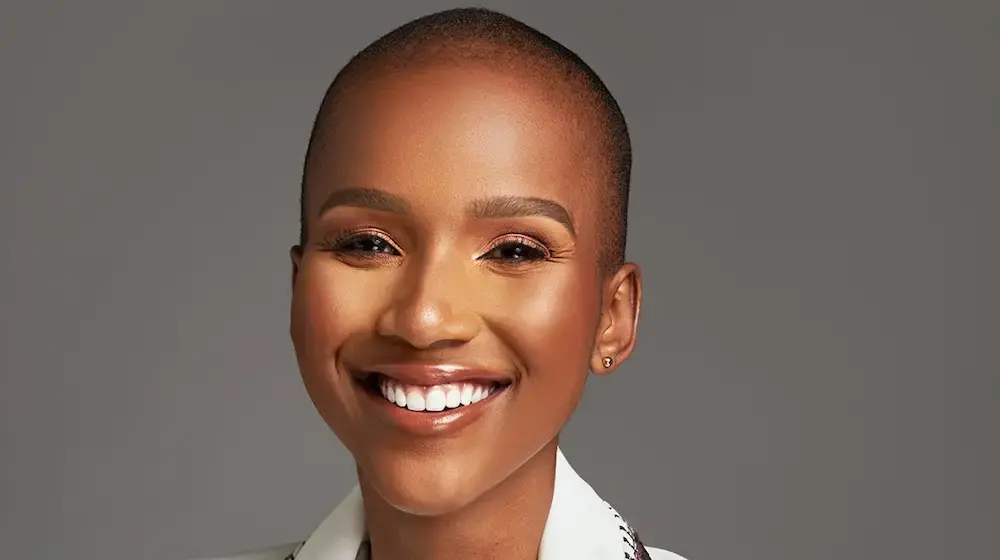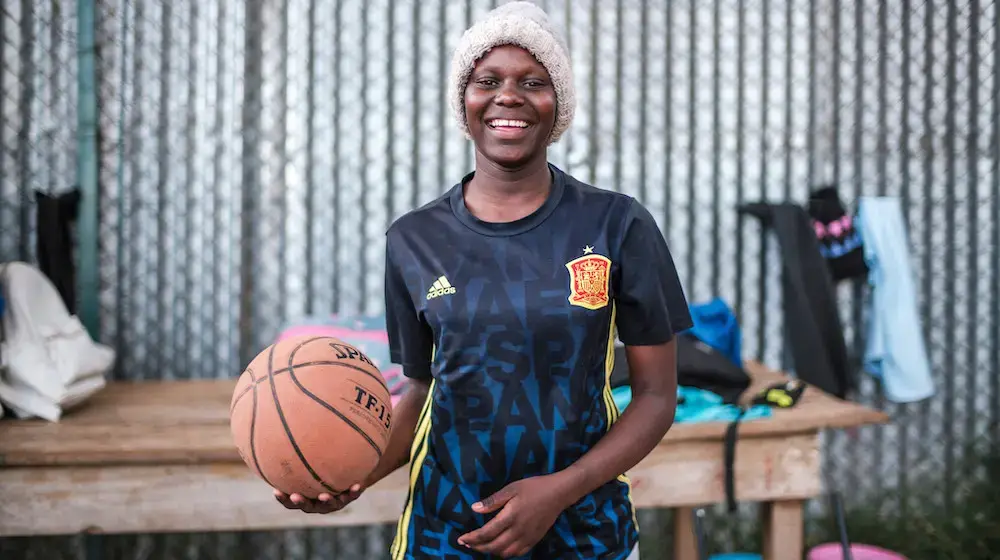Photos
A story of violence, told in 16 objects
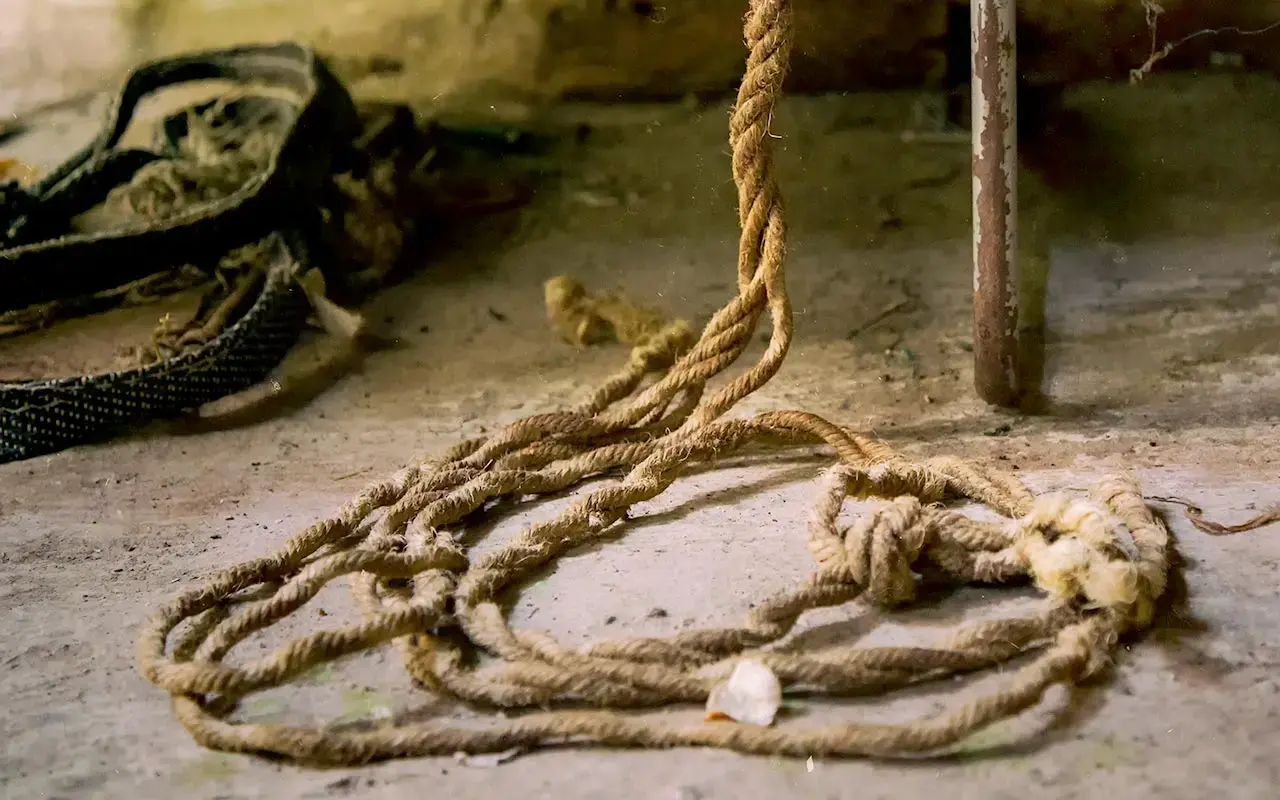
Violence against women is a global epidemic. From 25 November to 10 December, the world observes the 16 Days of Activism against Gender-based Violence. For the event, UNFPA has collected photos of 16 artefacts from real incidents of abuse. © UNFPA Yemen
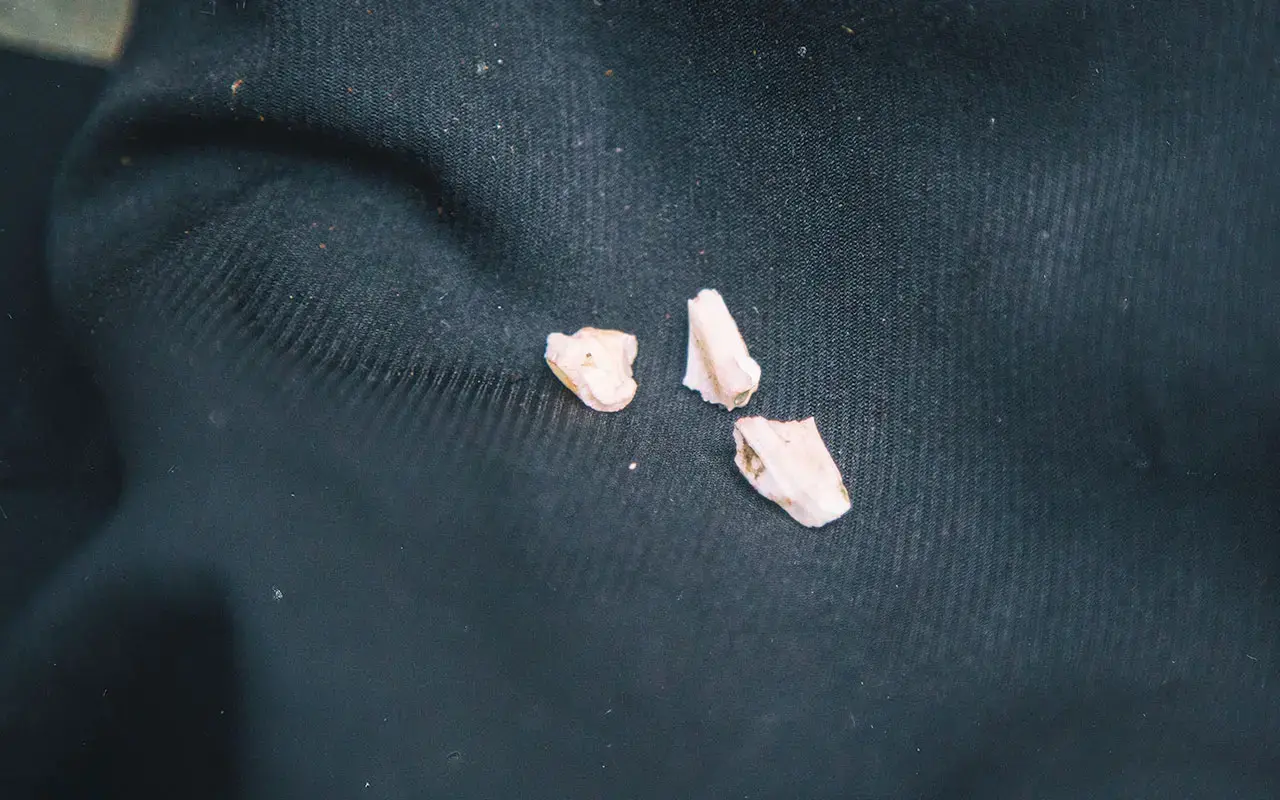
“That’s what’s left of my teeth after my husband beat me,” said Ameera* in Yemen. (Names changed where indicated with an asterisk.) Her husband smashed out her teeth with a broomstick. She keeps these fragments as evidence for the courts. © UNFPA Yemen
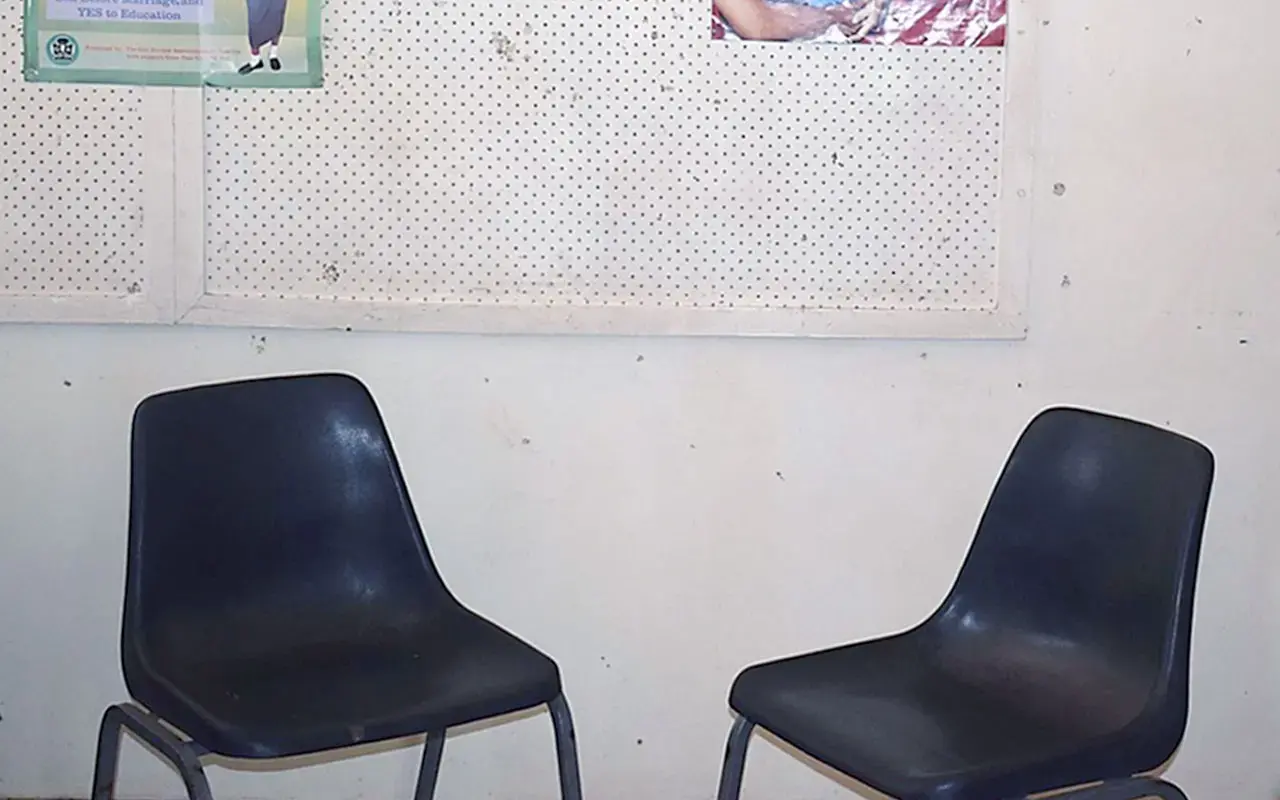
In Zambia, Mirriam, 14, visited this counselling centre after being married off to a 78-year-old man. “He took me to his house, undressed me and forced me to sleep with him,” she said. Photo by Young Women Christian Association of Zambia and UNFPA
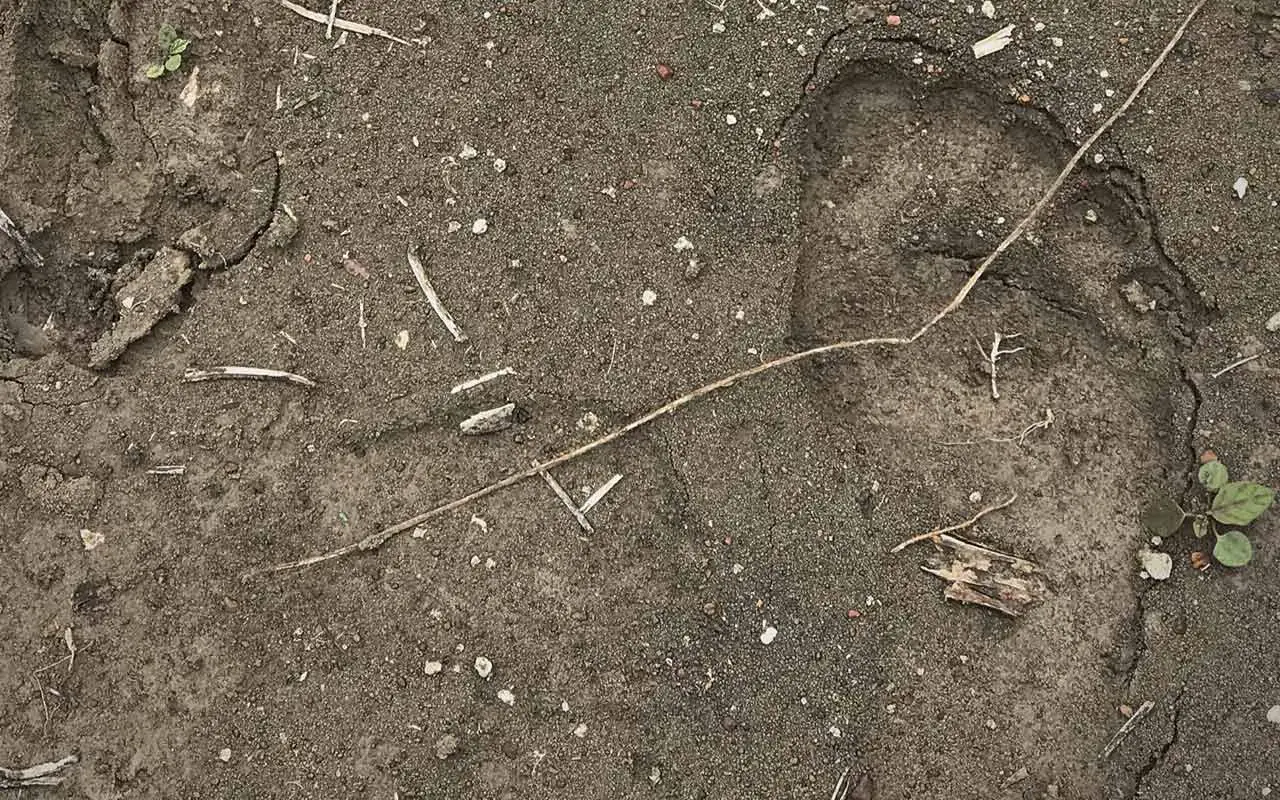
“I was slapped and dragged by my husband,” said Sonisay*, in Cambodia. This is Sonisay’s footprint in the garden where she fled to escape. Globally, one in three women experiences abuse. © UNFPA Cambodia/Sophanara Penn
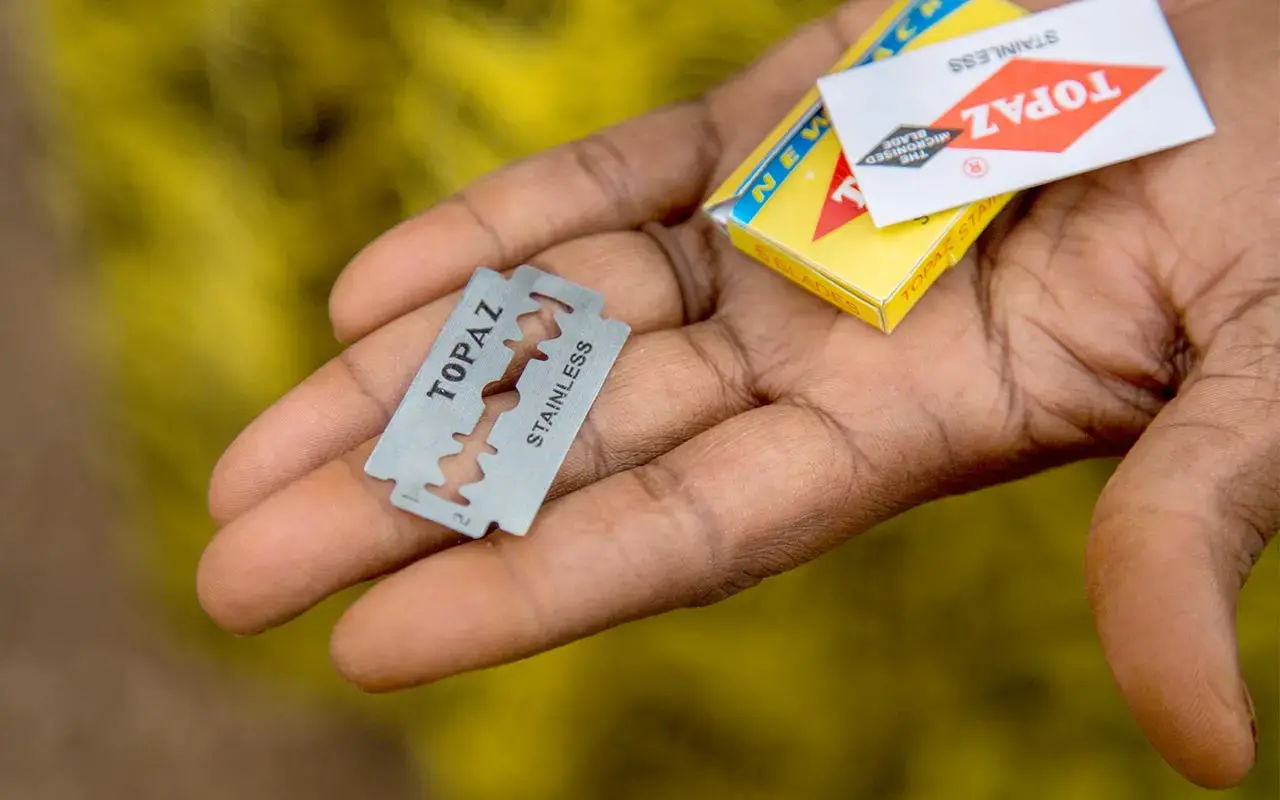
Traditional practices like FGM and child marriage also inflict harm. In Somalia, a cutter shows the blades she uses to perform female genital mutilation (FGM). More than 200 million women and girls alive have undergone FGM. © UNFPA/Georgina Goodwin
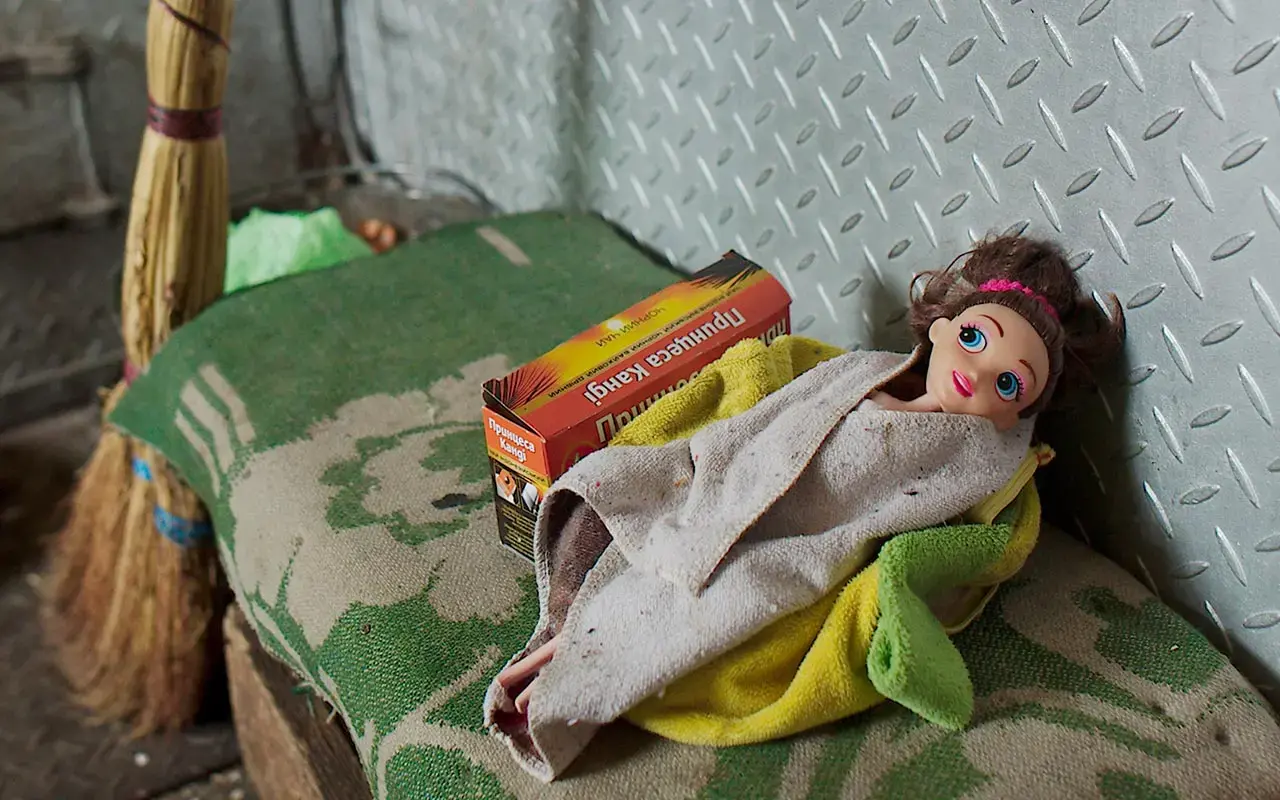
Tatiana’s family in Ukraine was torn apart by her husband’s abuse. He has gone now, but she and her six children are still trying to rebuild their lives in this small home. “The children – I live for them,” Tatiana said. © UNFPA Ukraine/Maks Levin
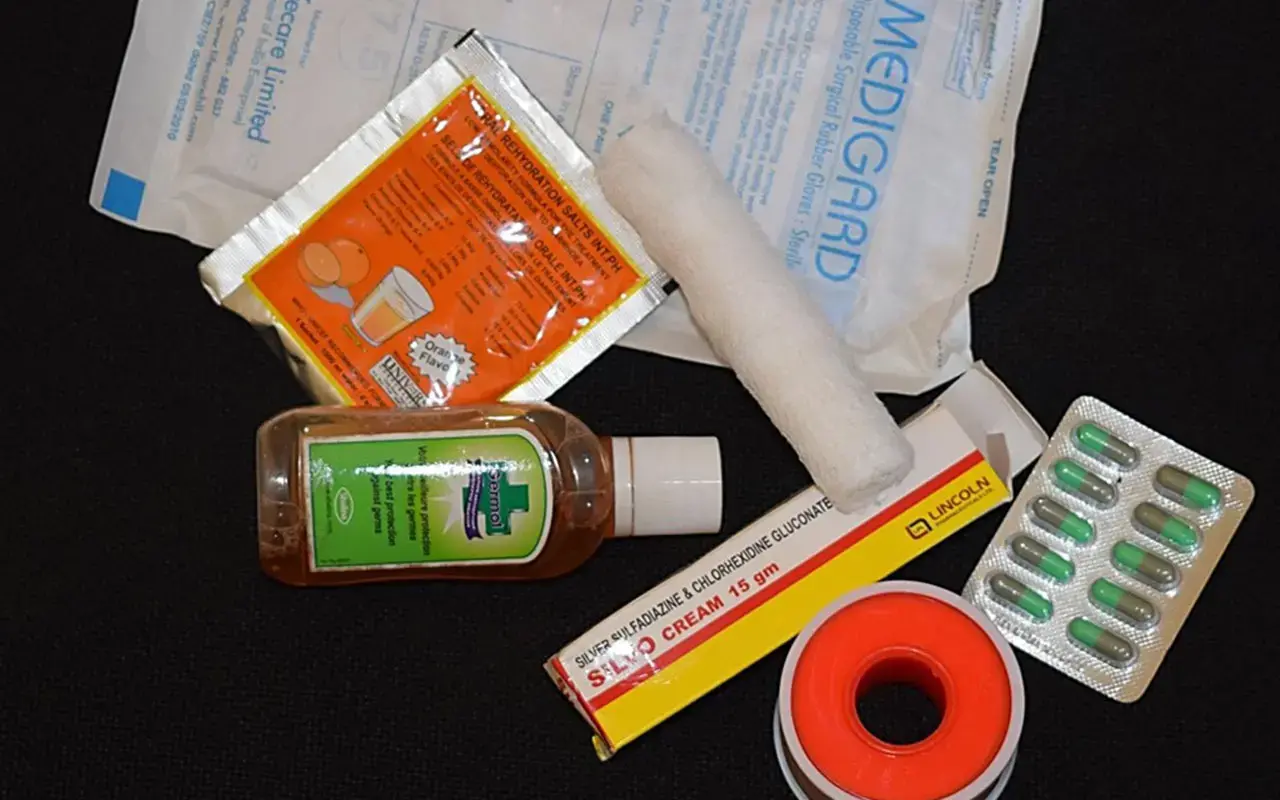
Martha was treated with these first-aid supplies after her husband attacked her in Zambia. “She said if she had not run away, he would have probably killed her,” said a shelter counsellor. Photo by Young Women Christian Association of Zambia and UNFPA
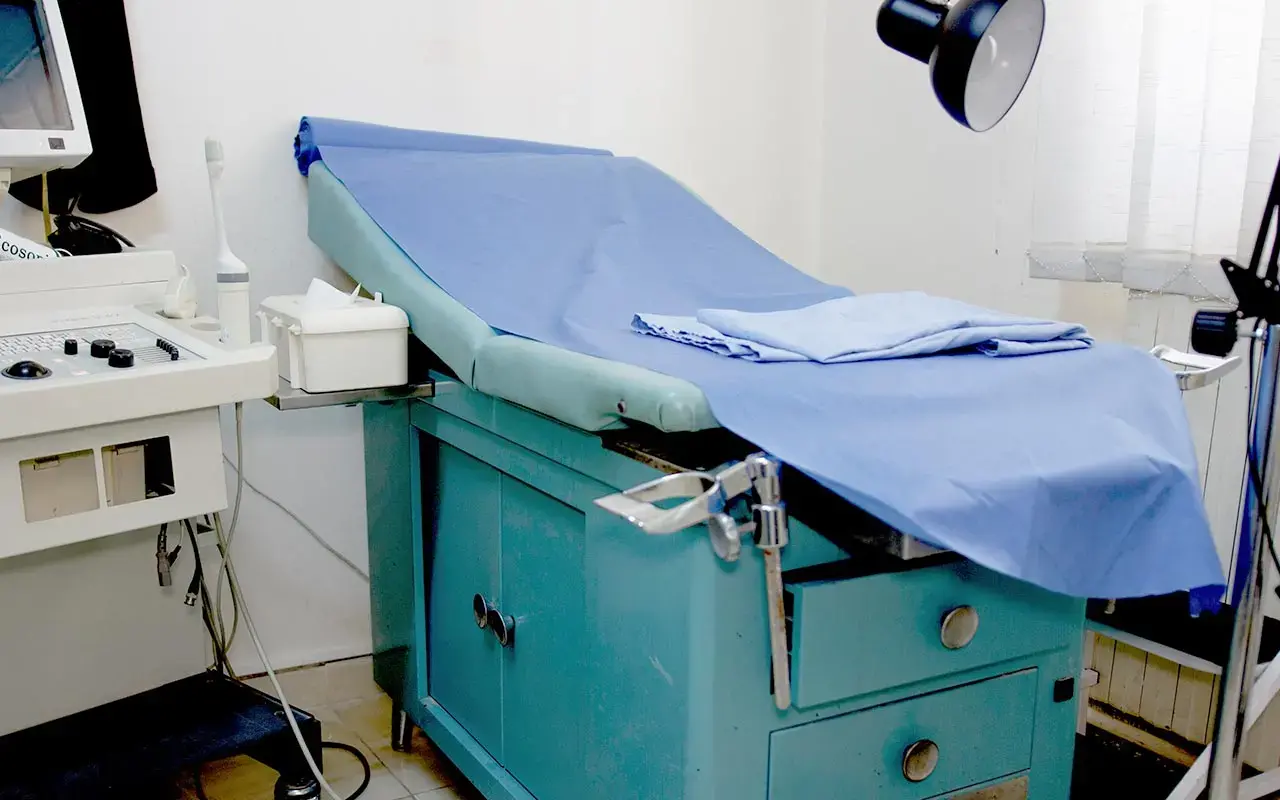
In Jordan, a woman sought medical care at this clinic after she was raped. “He pushed her onto the bed and began strangling her,” said the doctor who treated her. © UNFPA Jordan/Elspeth Dehnert
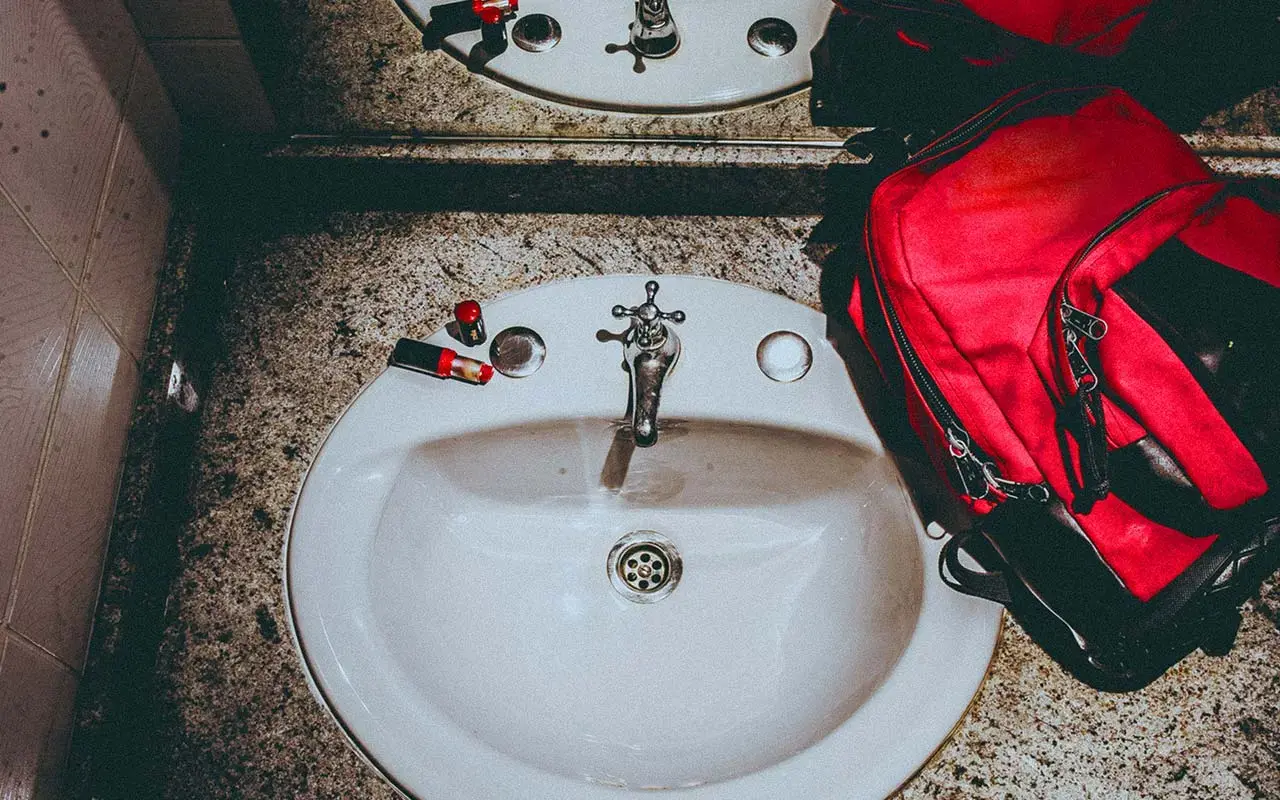
Violence takes many forms, including psychological torment. In Bolivia, Carmen* hid from her boyfriend’s verbal abuse in the bathrooms at their university, including this one. “Those little things add up,” she said. © UNFPA Bolivia/Focus

Economic deprivation is also a form of violence, pushing women and girls into desperation. This judge in Nicaragua ruled against Sofia’s father, who withheld financial support. "He turned his back on me," Sofia said. © UNFPA Nicaragua/Joaquín Zuñiga
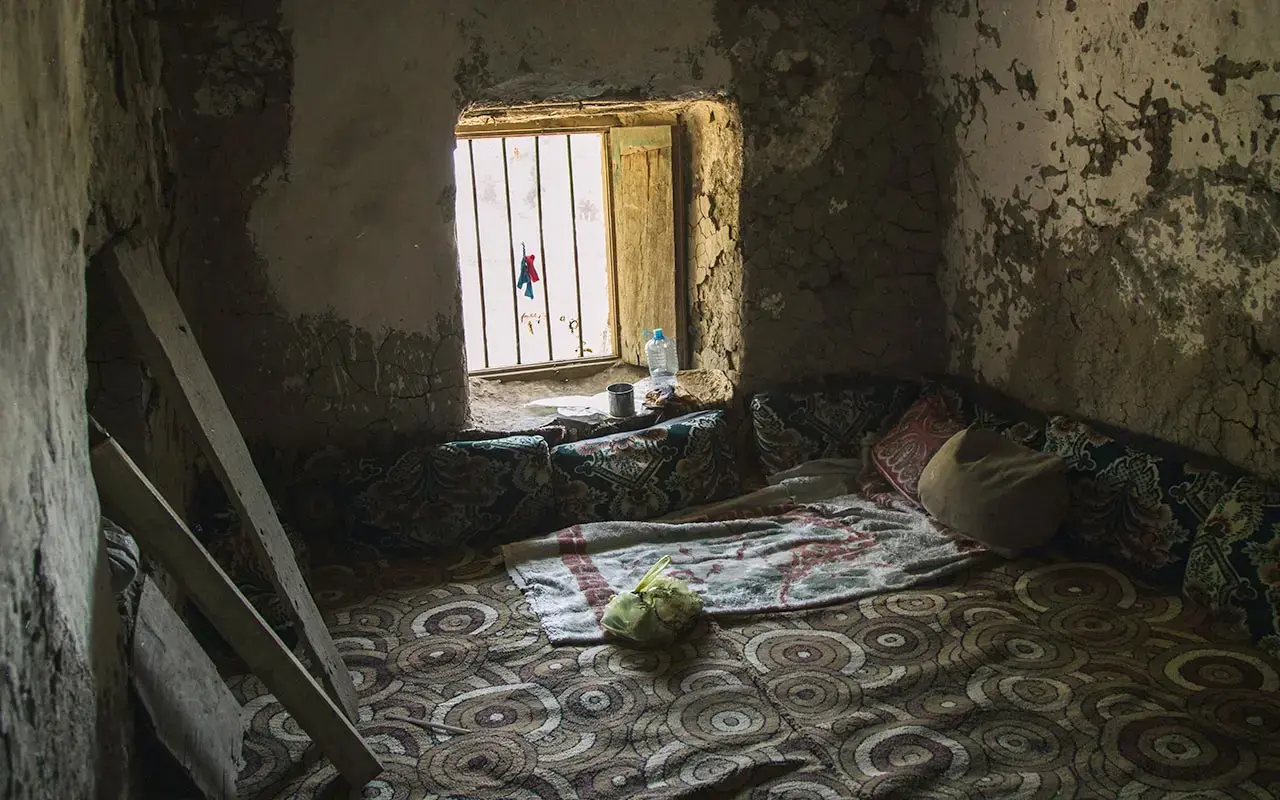
“Our brothers imprisoned us in this dark room for 20 years,” said Balqees*. Since she was 9 years old, she and her sister were locked up in this room in Yemen. The brothers felt the girls would shame the family if they were seen in public. © UNFPA Yemen
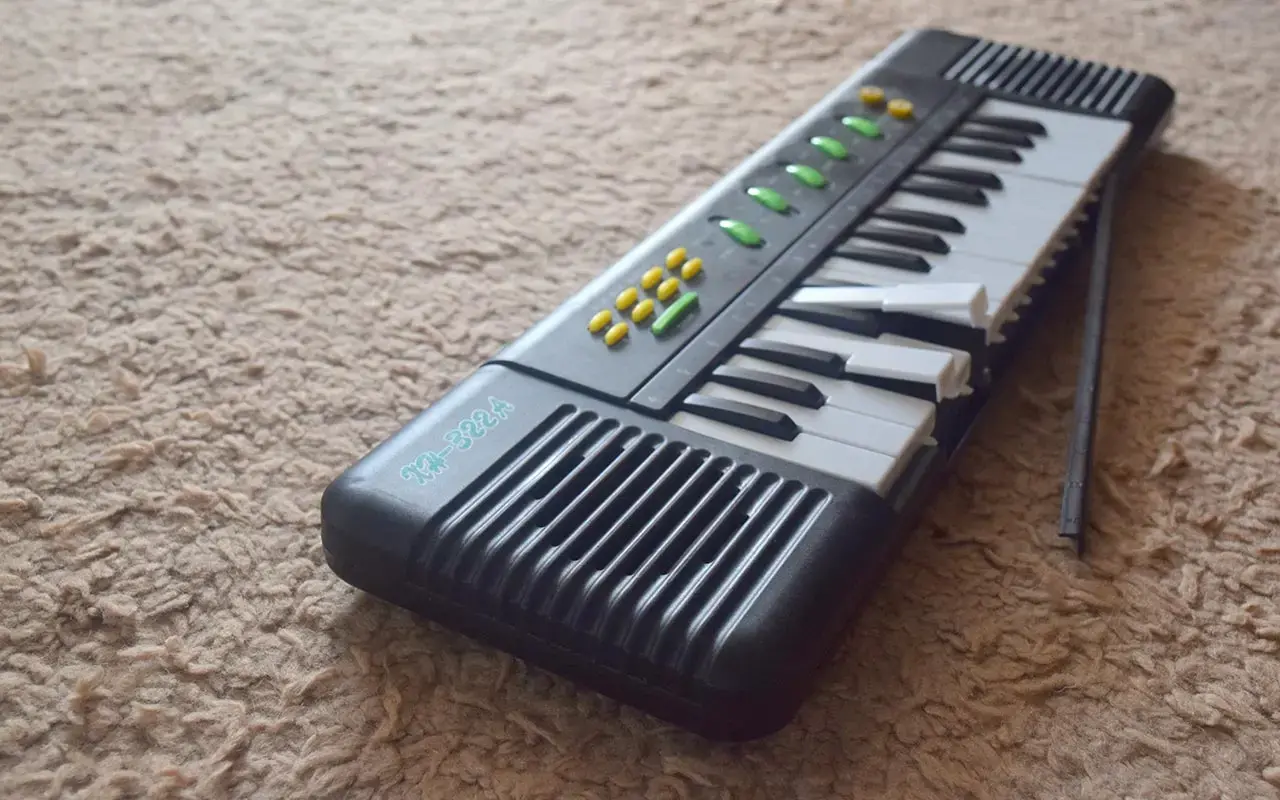
Violence can carry over into the next generation. Omar*, 6, in Morocco, broke this toy piano trying to protect his mother from his father’s abuse. “I want a better future for my kids; I don’t want to see them broken,” the mother said. © UNFPA Morocco
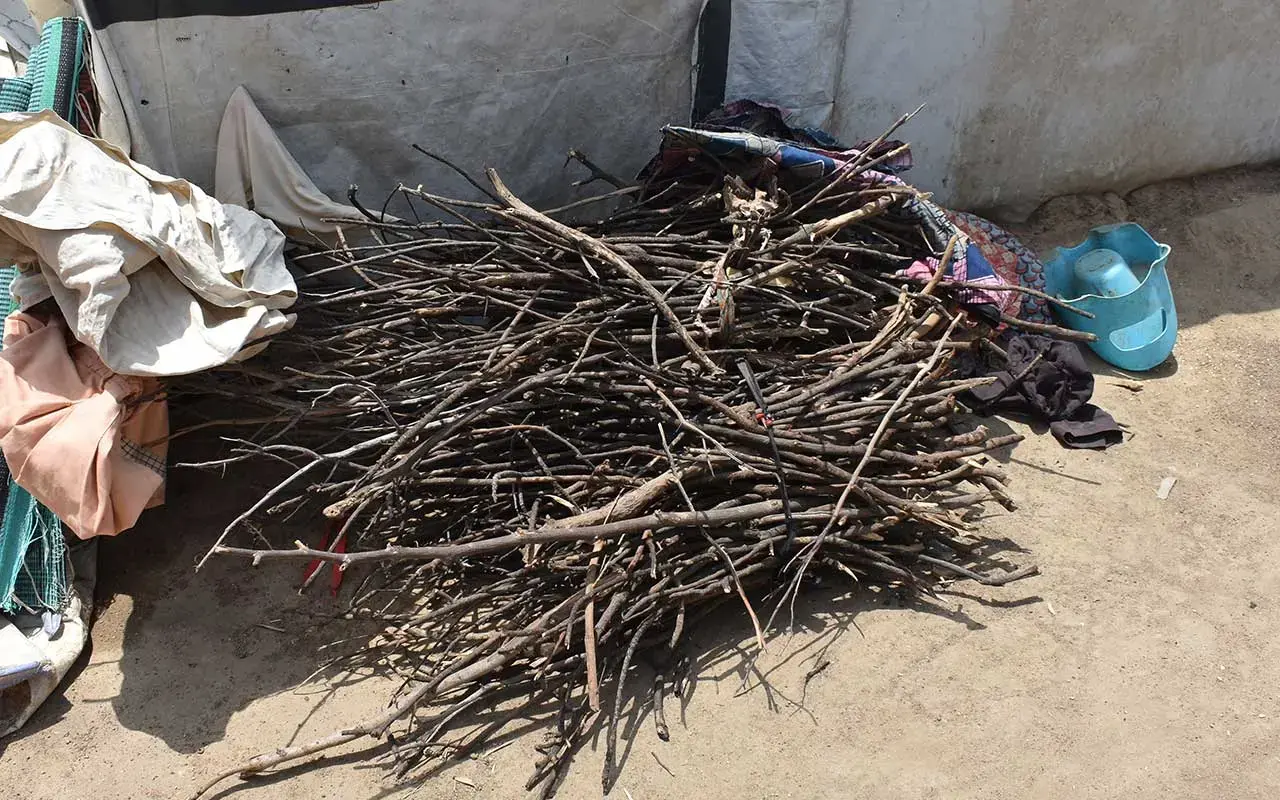
In humanitarian crises, women become targets. Zeinabu, 22, was attacked by Boko Harm fighters while collecting firewood in north-east Nigeria. Women have been raped, kidnapped and killed gathering wood. This is Zeinabu’s firewood. © UNFPA Nigeria
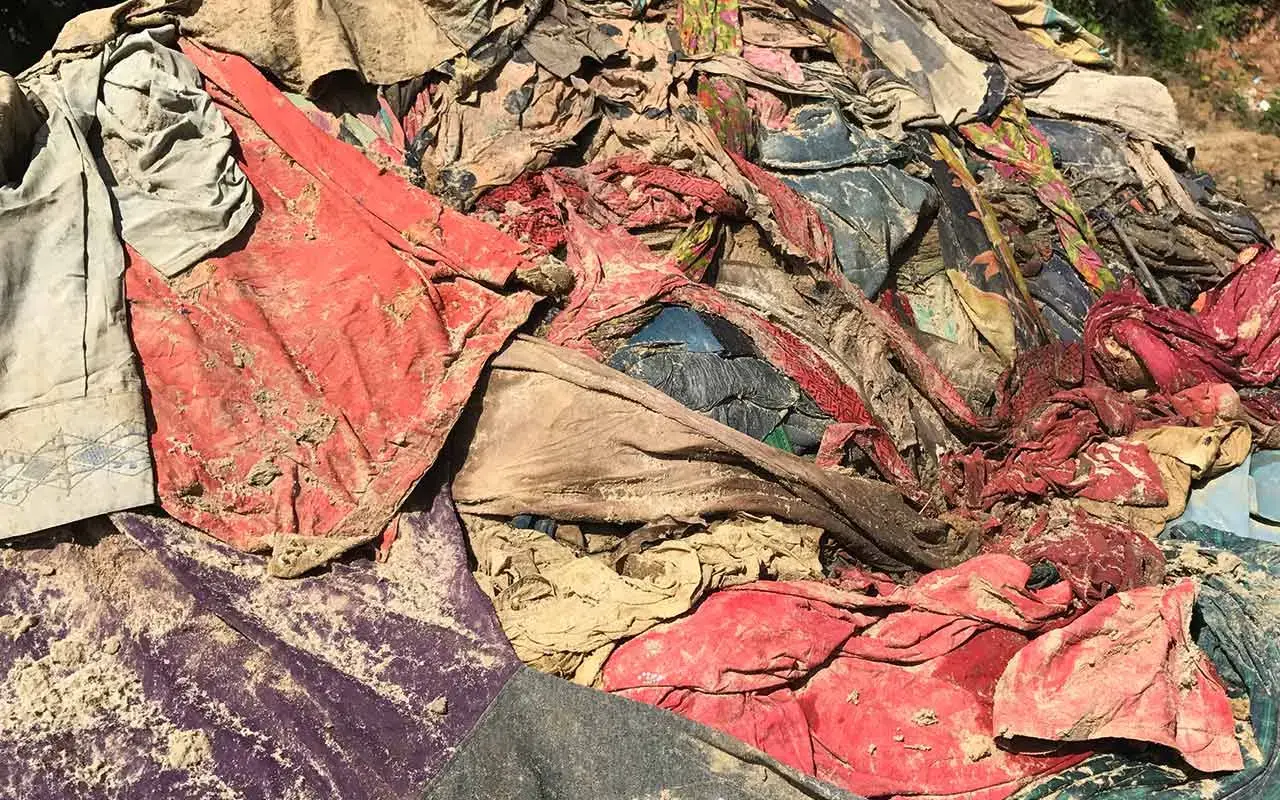
Sexual violence has been rampant among Rohingya refugees fleeing the crisis in Myanmar. Outside a camp in Bangladesh, refugee women have rejected these donated clothes as not modest enough to deter unwanted attention. © UNFPA Bangladesh/Veronica Pedrosa
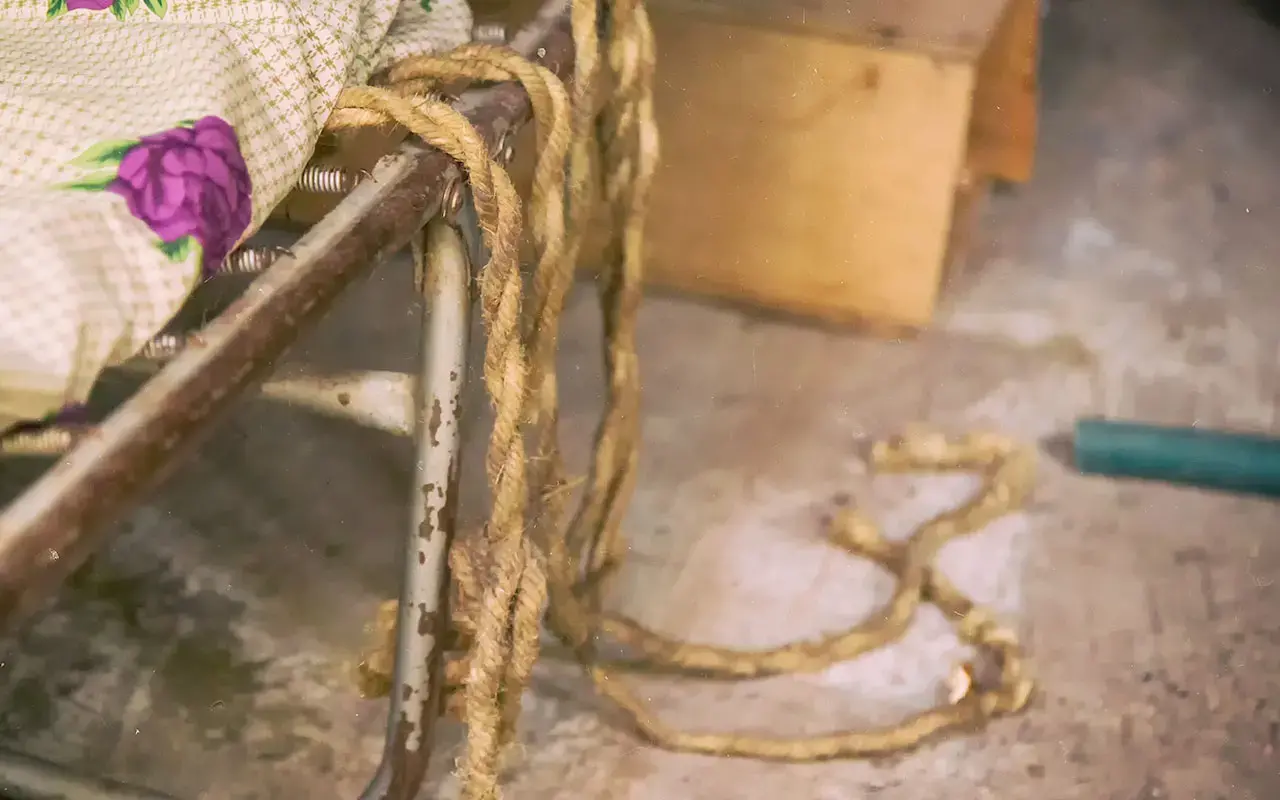
Rawa’s* father used this rope to tie her to this bed before he raped her. Protection systems break down in humanitarian crises like the conflict in Yemen, where chaos and extreme stress have contributed to increased reports of violence. © UNFPA Yemen
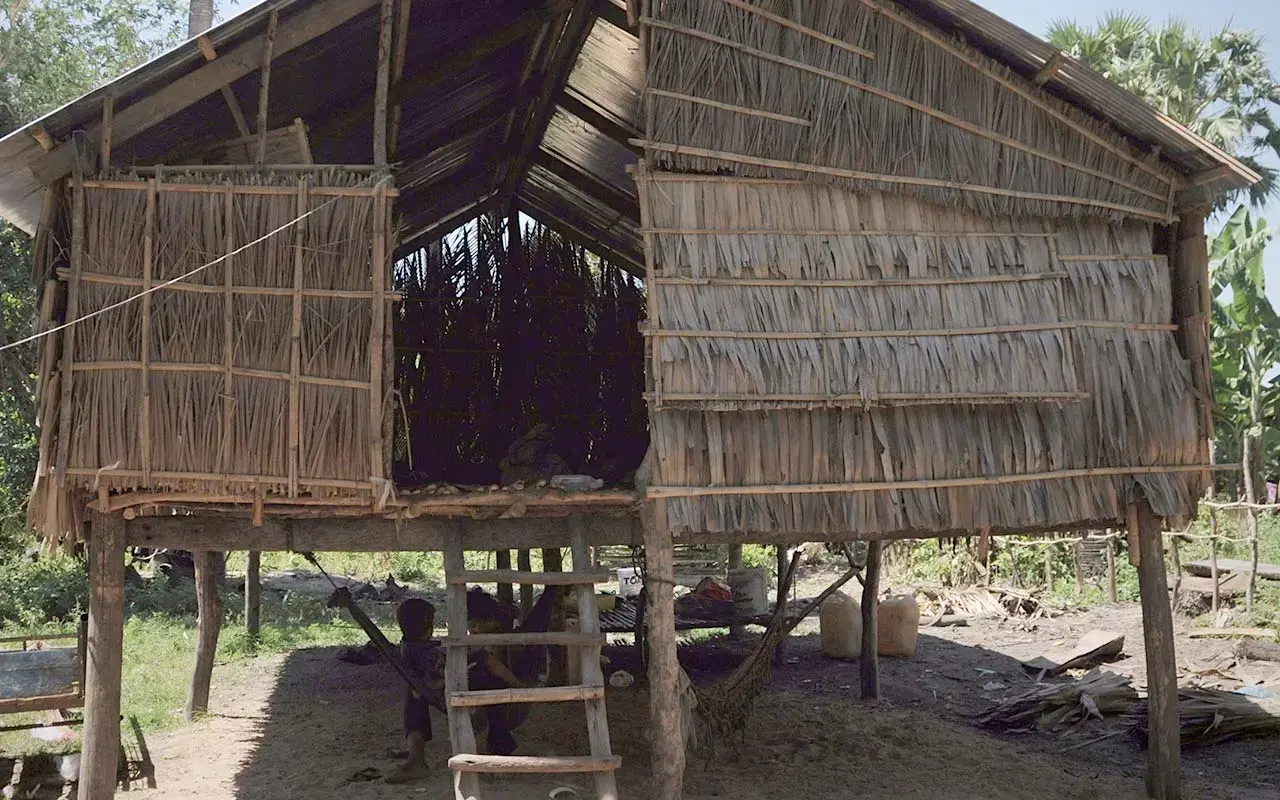
Men and boys must play a role in ending the problem. Ry, in Cambodia, says he used to be violent towards his wife in this house. But then he joined the Good Men Campaign, an initiative to end gender-based violence. © UNFPA Cambodia/Sophanara Pen
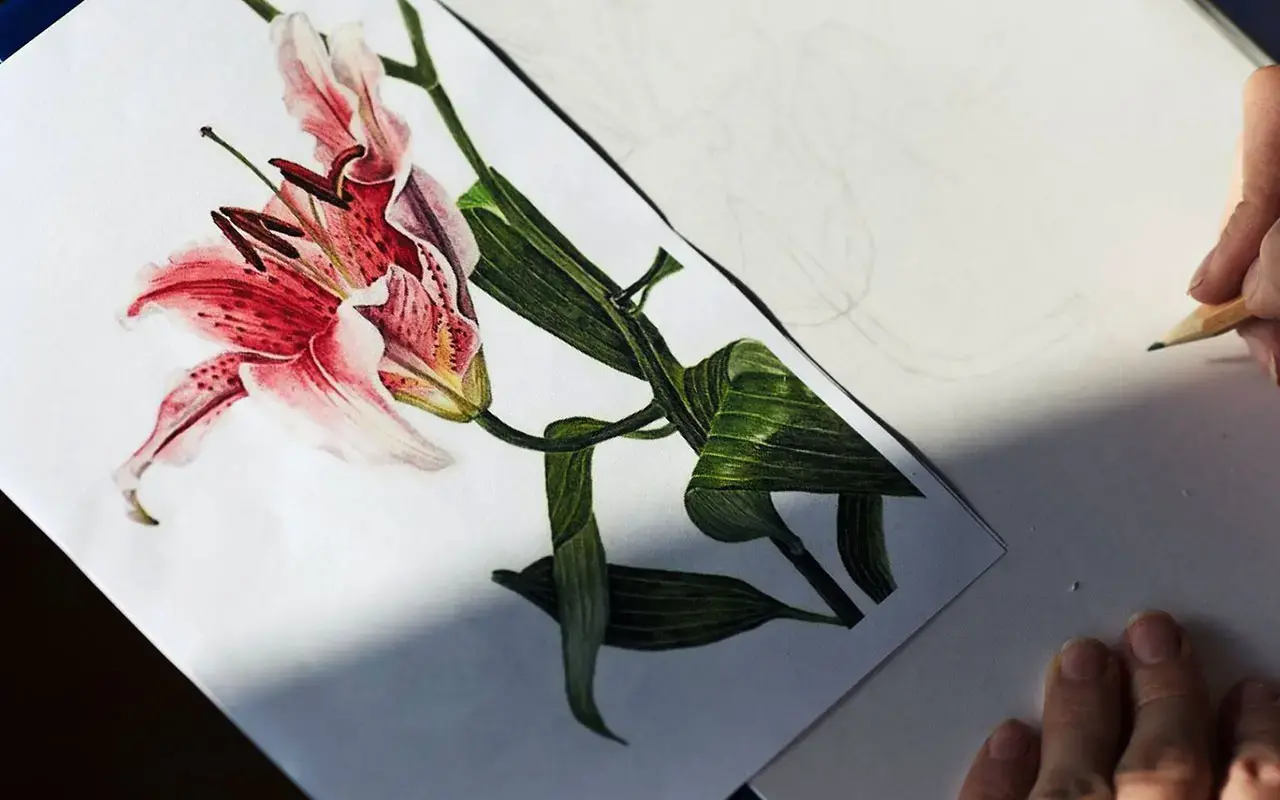
And these stories must be brought from the shadows. In Belarus, a survivor of domestic violence draws this flower in an art therapy class. The theme of the class is “open to live.” © UNFPA Belarus/Dina Ermolenko

